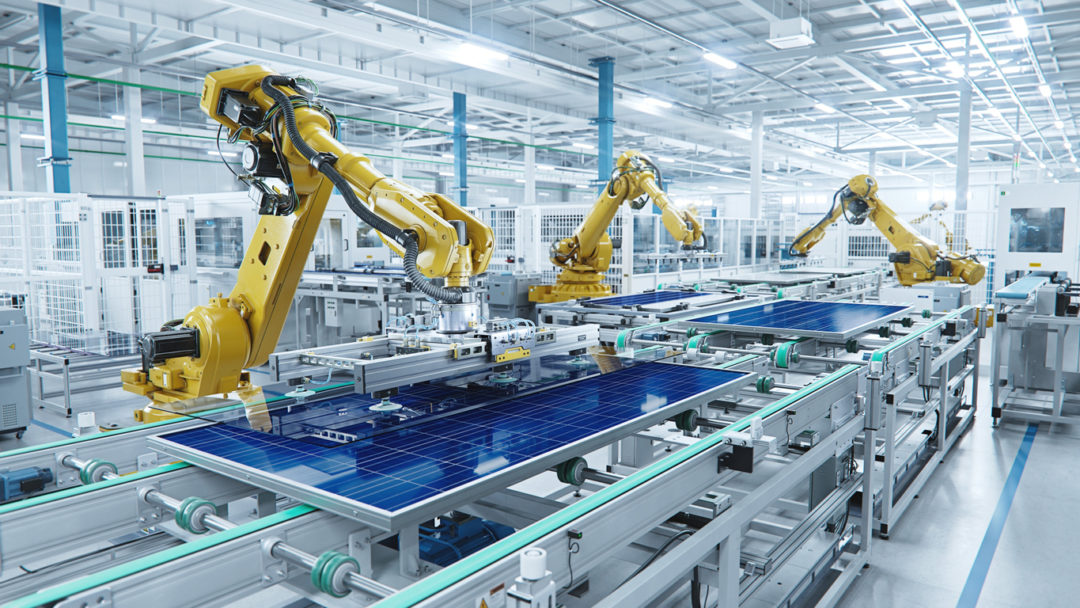
As enterprise leaders grapple with the complexities of implementing generative AI, DataStax CEO Chet Kapoor offers a reassuring perspective: the current challenges are a normal part of technological revolutions, and 2025 will be the year when AI truly transforms business operations. Kapoor is on the front lines of how enterprise companies are implementing AI, because Datastax offers an operational database that companies use when they go to production with AI applications. Customers include Priceline, CapitalOne and CondeNast.
Speaking in a recent interview with VentureBeat, Kapoor draws parallels between the current state of generative AI and previous tech revolutions such as the web, mobile and cloud. “We’ve been here before,” he says, noting that each wave typically starts with high enthusiasm, followed by a “trough of disillusionment” as companies encounter implementation challenges. For IT, product and data science leaders in mid-sized enterprises, Kapoor’s message is clear: While GenAI implementation may be challenging now, the groundwork laid in 2024 will pave the way for transformative applications in 2025.

The path to AI transformation Kapoor outlines three phases of GenAI adoption that companies typically progress through: “We think 2024 is a year of production AI,” Kapoor states. “There’s not a single customer that I talk to who will not have some project that they have actually implemented this year.” However, he believes the real transformation will begin in 2025: That’s when we see apps that “will actually change the way we live,” he says.
Overcoming implementation challenges Kapoor identifies three key areas that companies need to address for successful AI implementation: Looking ahead to 2025 Kapoor strongly advocates for open-source solutions in the GenAI stack, and that companies align themselves around this as they consider ramping up with AI next year. “If the problem is not being solved in open source, it’s probably not worth solving,” he asserts, highlighting the importance of transparency and community-driven innovation for enterprise AI projects. Jason McClelland, CMO of DataStax, adds that developers are leading the charge in AI innovation.
“While most of the world is out there figuring out what is AI, is it real, how does it work,” he says, “developers are building.” McClelland notes that the rate of change in AI is unprecedented, with technology, terminology and audience understanding shifting by maybe 20% a month.” McClelland also offers an optimistic timeline for AI maturation.
“At some point over the next six to 12 to 18 months, the AI platform is going to be baked,” he predicts. This perspective aligns with Kapoor’s view that 2025 will be a transformative year and that enterprise leaders have a narrow window to prepare their organizations for the impending shift. Addressing challenges in generative AI At a recent event in NYC called RAG++, hosted by DataStax, experts discussed the current challenges facing generative AI and potential solutions.
The consensus was that future improvements in large language models (LLMs) are unlikely to come from simply scaling up the pre-training process, which has been the primary driver of advancements so far. Instead, experts highlighted several innovative approaches will take LLMs to the next level:: OpenAI, a leader in the field, recently released a new series of models called GPT-01, which incorporates “Chain of Thought” technology. This innovation allows the model to approach problems step-by-step and even self-correct, resulting in significant improvements in complex problem-solving.
OpenAI views this as a crucial step in enhancing the “reasoning” capabilities of LLMs, potentially addressing issues of mistakes and hallucinations that have plagued the technology. While some AI critics remain skeptical about these improvements, studies continue to demonstrate the technology’s impact. Ethan Mollick, a professor at Wharton specializing in AI, has conducted research showing 20-40% productivity gains for professionals using GenAI.
“I remain confused by the ‘GenAI is a dud’ arguments,” Mollick tweeted recently . “Adoption rates are the fastest in history. There is value.
” For enterprise leaders navigating the complex landscape of AI implementation, Kapoor’s message is one of optimism tempered with realism. The challenges of today are laying the groundwork for transformative changes in the near future. As we approach 2025, those who have invested in understanding and implementing AI will be best positioned to reap its benefits and lead in their industries.
.














